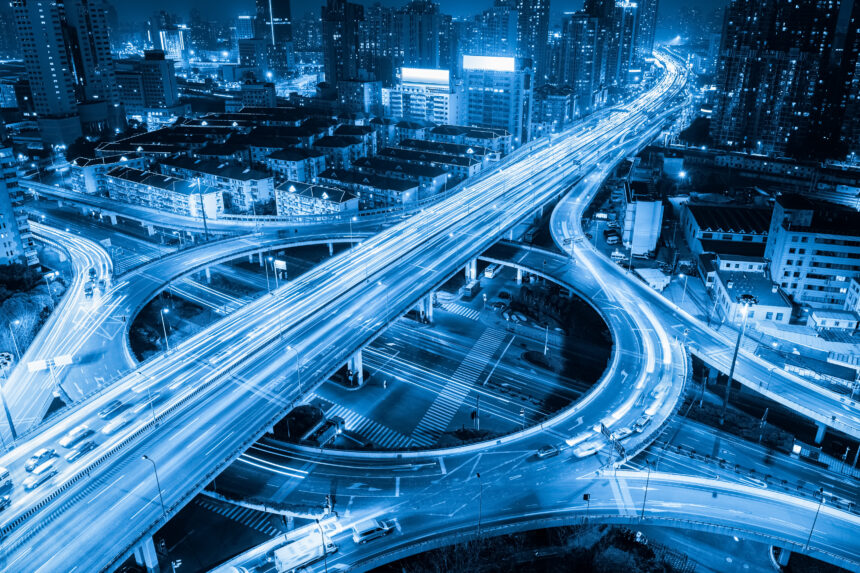Introduction
As urban populations continue to swell, cities around the world face unprecedented challenges in managing traffic congestion and optimizing public transport systems. The integration of artificial intelligence (AI) into urban traffic management and public transport optimization presents a transformative solution. By leveraging AI technologies, cities can enhance efficiency, reduce travel times, and improve the overall quality of life for residents. This article explores the myriad benefits of implementing AI systems in urban traffic management and public transport optimization.
Enhancing Traffic Flow
One of the most significant advantages of AI in traffic management is its ability to enhance traffic flow. Traditional traffic management systems often rely on fixed traffic signals and manual monitoring, which can lead to inefficiencies. AI systems, on the other hand, utilize real-time data to make dynamic adjustments to traffic signals and routing.
- Real-time Data Analysis: AI algorithms can analyze data from various sources, including traffic cameras, sensors, and GPS devices, to assess current traffic conditions.
- Adaptive Traffic Signals: AI can adjust traffic light timings based on real-time traffic flow, reducing wait times and minimizing congestion.
- Predictive Analytics: By analyzing historical traffic patterns, AI can predict peak traffic times and suggest alternative routes to drivers.
For instance, the city of Los Angeles has implemented an AI-driven traffic management system that has reportedly reduced travel times by 12% and decreased emissions by 10% in certain areas.
Improving Public Transport Efficiency
AI also plays a crucial role in optimizing public transport systems. By analyzing passenger data and travel patterns, AI can help transit authorities make informed decisions about service frequency, routing, and capacity management.
- Demand Forecasting: AI can predict passenger demand based on historical data, allowing transit agencies to adjust schedules and routes accordingly.
- Dynamic Routing: AI systems can provide real-time route adjustments for buses and shuttles based on current traffic conditions and passenger demand.
- Maintenance Optimization: AI can predict when vehicles require maintenance, reducing downtime and ensuring that public transport systems operate smoothly.
A notable example is the use of AI by the Transport for London (TfL) system, which has improved bus service reliability by 20% through better scheduling and route optimization.
Enhancing Safety and Reducing Accidents
Safety is a paramount concern in urban traffic management. AI technologies can significantly enhance safety measures by providing real-time monitoring and predictive analytics to prevent accidents.
- Collision Prediction: AI systems can analyze data from various sources to identify potential collision risks and alert drivers or traffic management centers.
- Smart Surveillance: AI-powered cameras can monitor traffic conditions and detect dangerous behaviors, such as speeding or running red lights.
- Emergency Response Optimization: AI can optimize emergency vehicle routing, ensuring that first responders reach their destinations quickly and safely.
In cities like Singapore, AI-driven surveillance systems have contributed to a significant reduction in traffic accidents, showcasing the potential of technology to enhance urban safety.
Environmental Benefits
The environmental impact of urban traffic is a growing concern, with congestion leading to increased emissions and energy consumption. AI can help mitigate these issues through smarter traffic management and public transport optimization.
- Reduced Emissions: By optimizing traffic flow and public transport routes, AI can help reduce vehicle emissions and improve air quality.
- Encouraging Public Transport Use: AI can enhance the efficiency and reliability of public transport, encouraging more people to use these services instead of personal vehicles.
- Energy Efficiency: AI can optimize the energy consumption of public transport vehicles, contributing to a more sustainable urban environment.
For example, cities like Barcelona have reported a decrease in carbon emissions by implementing AI-driven traffic management systems that promote smoother traffic flow.
Conclusion
The implementation of artificial intelligence systems in urban traffic management and public transport optimization offers a multitude of benefits. From enhancing traffic flow and improving public transport efficiency to increasing safety and reducing environmental impact, AI technologies are revolutionizing how cities manage their transportation systems. As urban areas continue to grow, the adoption of AI will be crucial in creating smarter, more sustainable cities that prioritize the well-being of their residents. By investing in AI-driven solutions, cities can not only address current challenges but also pave the way for a more efficient and environmentally friendly future.
